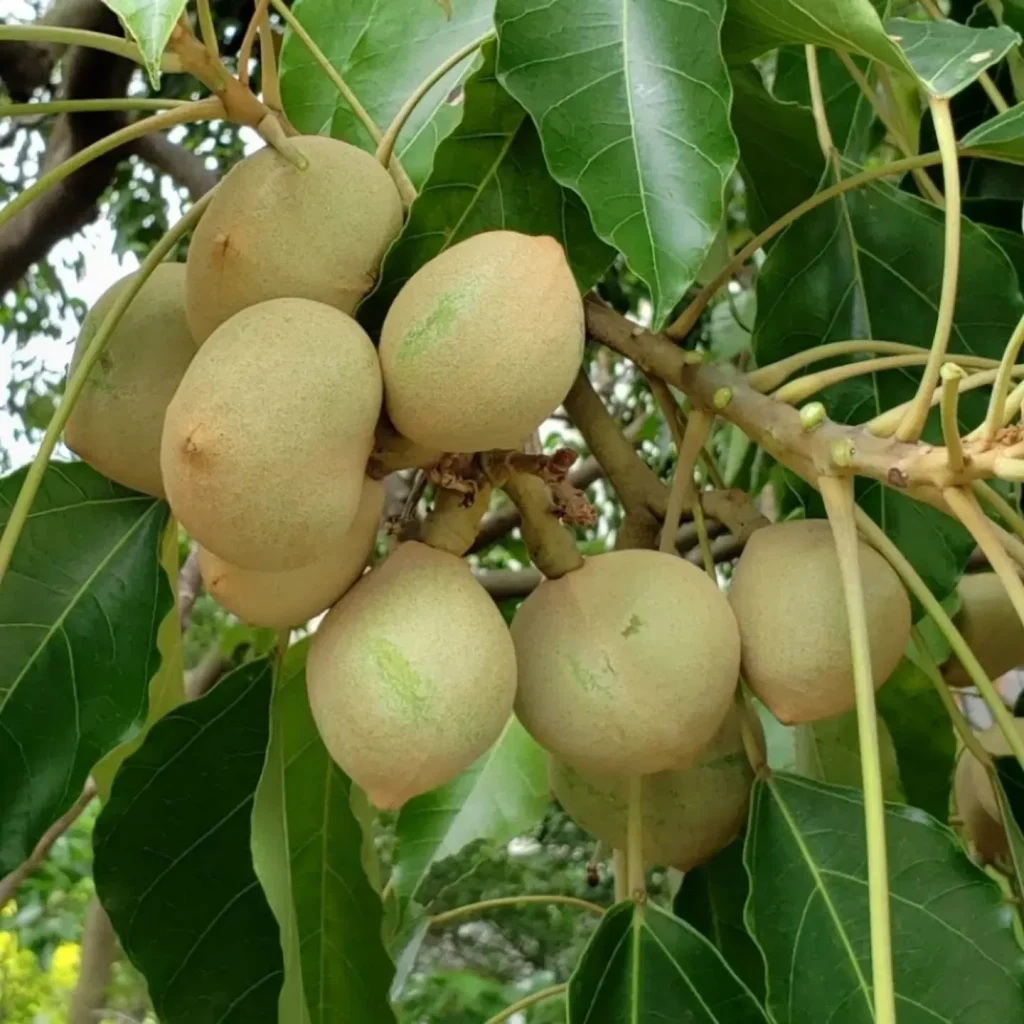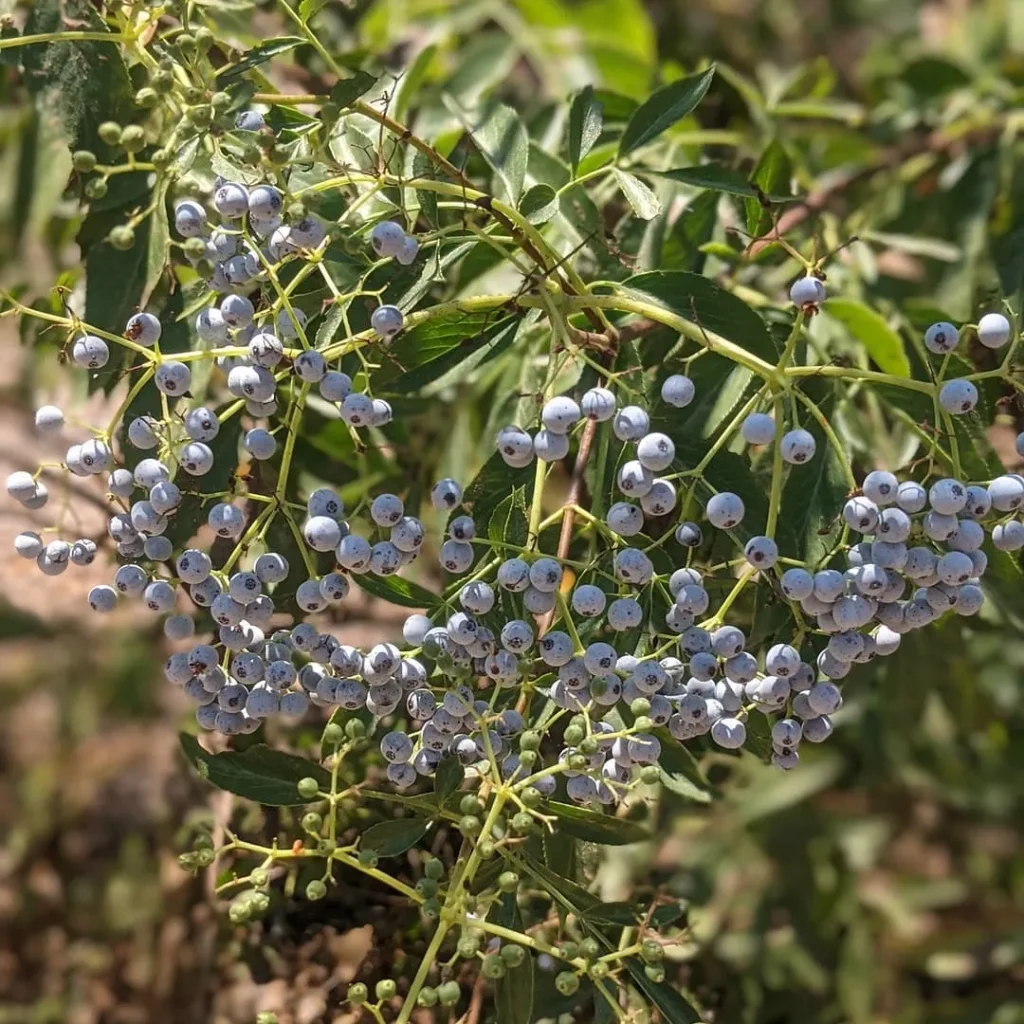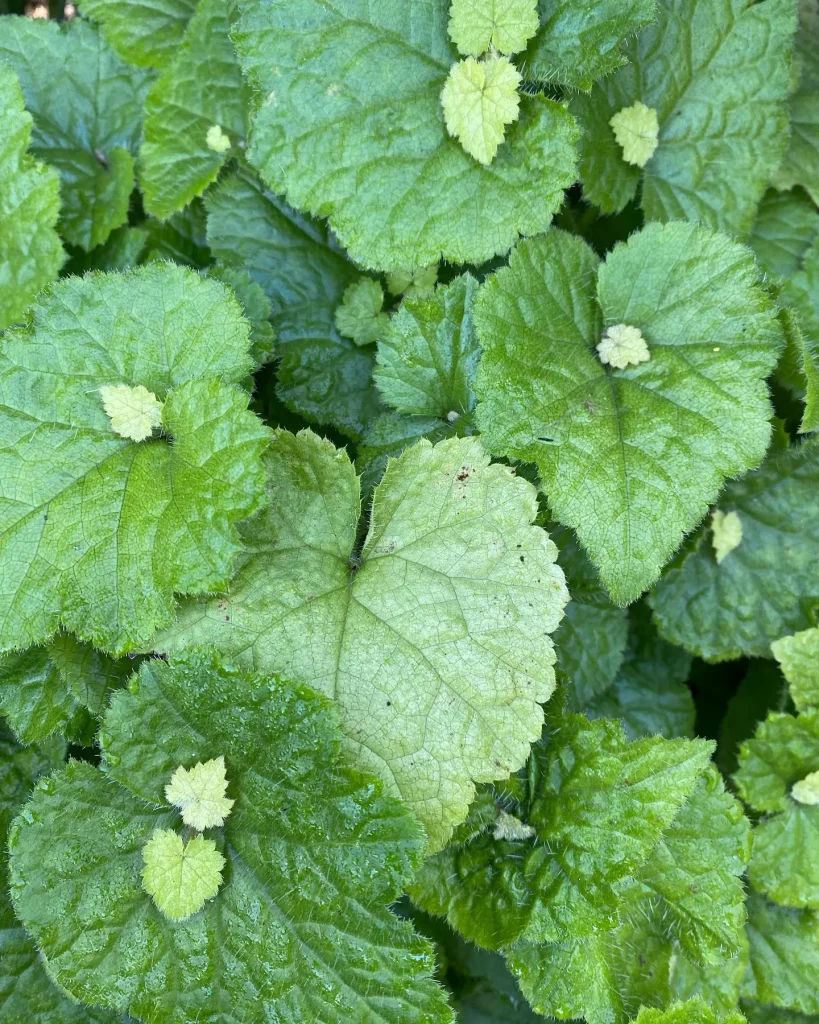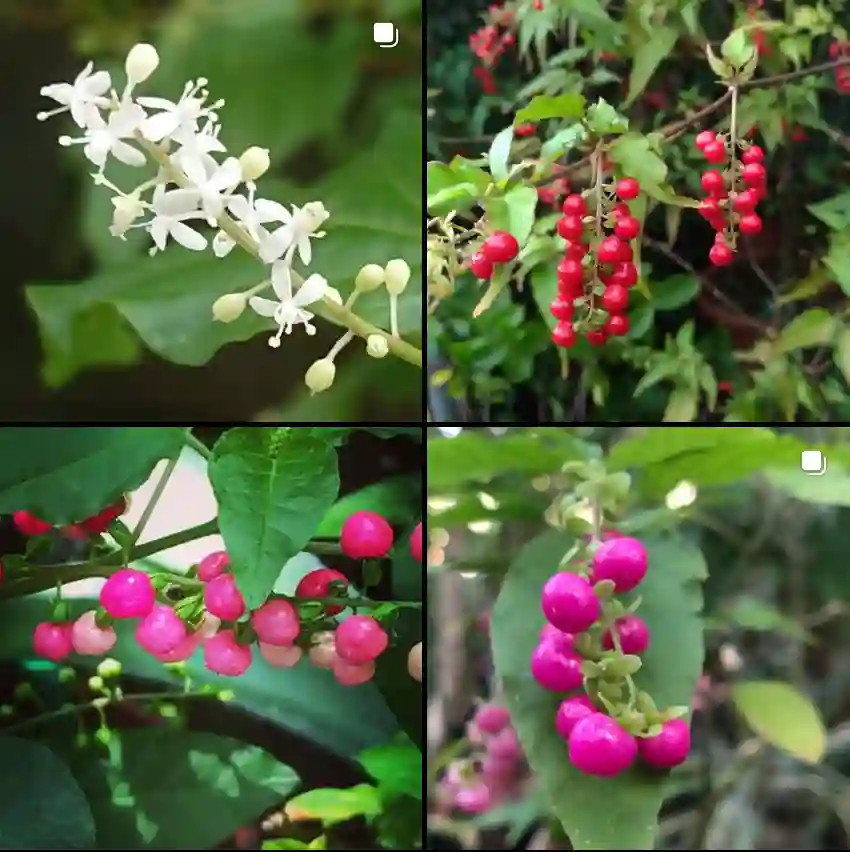FAQs About Randia Aculeata
When I first encountered Randia Aculeata, also known as the Toothed Randia or the Cat’s Claw, I was intrigued by its unique features and care requirements. As a plant enthusiast, I’ve delved into various aspects of this species and gathered some frequently asked questions to share what I’ve learned. Here’s a comprehensive guide to understanding and caring for this fascinating plant.
What is Randia Aculeata?
Randia Aculeata is a tropical shrub belong to the Rubiaceae family, native to the Caribbean, Central America, and parts of South America. It’s known for its dense, thorny branches and glossy green leaves. The plant produces small, fragrant white flowers that bloom in clusters, followed by round, orange fruits. This species is not just visually interesting but also has its own set of unique characteristics that make it a popular choice among gardeners and plant collectors.
Plant Family: 616 Genera in Rubiaceae – Coffee Family
How to Care for Randia Aculeata?
Caring for Randia Aculeata can be both rewarding and challenging. Here’s what you need to know:
- Sunlight: Randia Aculeata thrives in full sun but can tolerate partial shade. Ensure it gets at least 6 hours of sunlight daily for optimal growth.
- Soil: The plant prefers well-draining soil. A mix of sand, loam, and organic matter works well. Avoid heavy, clayey soils that retain moisture.
- Watering: While Randia Aculeata is relatively drought-tolerant, regular watering is essential, especially during dry periods. Water the plant thoroughly and allow the soil to dry out between waterings.
- Temperature: This shrub is suited to tropical and subtropical climates. It doesn’t handle frost well, so if you live in a cooler area, consider growing it in a container that can be moved indoors during winter.
- Fertilization: Feed the plant with a balanced, slow-release fertilizer once a month during the growing season (spring and summer). Reduce feeding in the winter months.
How to Propagate Randia Aculeata?
Propagation of Randia Aculeata can be done through seeds or cuttings. Here’s a breakdown of each method:
- Seeds: Collect seeds from mature fruits. Soak them in water for 24 hours before planting. Sow the seeds in a well-draining potting mix and keep them warm and moist until germination, which usually takes a few weeks.
- Cuttings: Take semi-hardwood cuttings from the plant during the growing season. Dip the cut ends in rooting hormone and plant them in a mix of sand and peat. Keep the cuttings in a warm, humid environment until roots develop.
What to Plant With Randia Aculeata?
Randia Aculeata pairs well with a variety of companion plants. Here are some suggestions:
- Flowering Plants: Consider planting with companion flowers like Lantana, Bougainvillea, or Hibiscus. These plants not only complement Randia Aculeata’s blooms but also attract pollinators.
- Ground Covers: To add some contrast and reduce weed growth, use ground covers like Creeping Jenny or Blue Star Creeper.
- Tropical Plants: For a cohesive tropical garden, combine it with other species such as Bird of Paradise or Heliconia.
Is Randia Aculeata Toxic?
Randia Aculeata is not known to be toxic to humans or pets. However, its thorns can cause injury if handled carelessly. It’s always a good practice to keep plants out of reach of small children and pets to avoid any accidental harm.
Benefits of Randia Aculeata
Beyond its aesthetic appeal, Randia Aculeata offers several benefits:
- Erosion Control: Its dense growth can help in preventing soil erosion on slopes or embankments.
- Privacy Screen: The plant’s thorny branches make it an excellent choice for creating natural privacy screens or hedges.
- Wildlife Habitat: The plant’s flowers attract various pollinators, including bees and butterflies, contributing to local biodiversity.
Common Problems with Randia Aculeata
Like any plant, Randia Aculeata can face a few issues:
- Pests: Watch out for common pests like aphids and spider mites. Regularly inspect the plant and use insecticidal soap if needed.
- Diseases: Root rot can occur if the plant is overwatered or planted in poorly draining soil. Ensure good drainage and avoid waterlogging.
- Thorn Injuries: Handle the plant with gloves or protective clothing to avoid injuries from its sharp thorns.
Comparing Randia Aculeata with Similar Plants
If you’re considering similar plants, here are some comparisons:
- Randia Aculeata vs. Bougainvillea: While both have striking flowers and are used for ornamental purposes, Bougainvillea has more vibrant colors and is less thorny compared to Randia Aculeata.
- Randia Aculeata vs. Firethorn (Pyracantha): Firethorn also has thorns and produces colorful berries. However, Randia Aculeata’s flowers are more fragrant, whereas Firethorn is known for its dense, berry-covered branches.
I hope this FAQ guide helps you in understanding and caring for Randia Aculeata. Whether you’re growing it for its beauty or its practical benefits, it’s a plant that brings a unique touch to any garden. If you have more questions or personal experiences with this plant, feel free to share!
If i die, water my plants!



